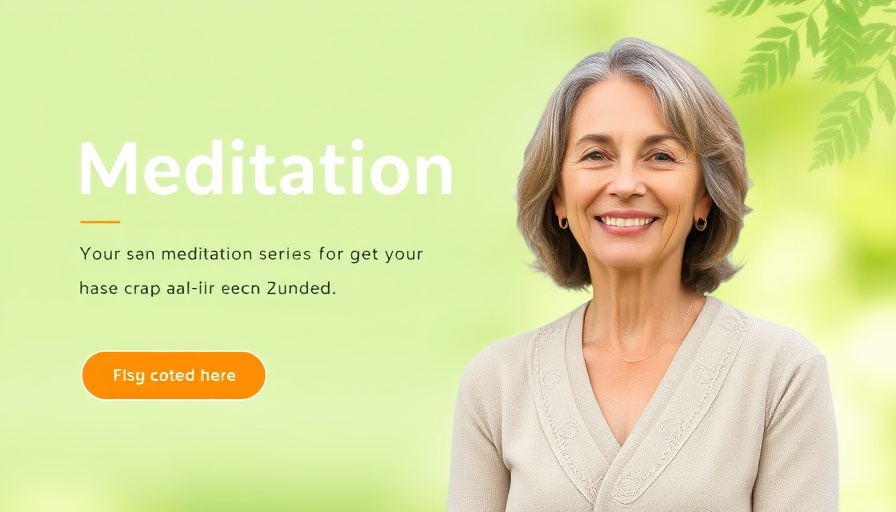
Unlock a Peaceful Mind: The 8 Essential Rules of Meditation
In a hectic world swamped with chaos and distractions, finding a moment of peace can feel almost impossible. Meditation offers a unique avenue to cultivate tranquility and mindfulness. For newcomers to this discipline, however, the journey into meditation can often seem daunting. Yet, it doesn’t need to be. By following a few essential rules, anyone can learn how to meditate effectively and glean the vast benefits this practice offers. Let’s explore the eight rules that can help you forge a deeper connection with your meditation practice and perhaps discover a special rule that'll surprise and uplift you.
1. Comfort is Key: Finding the Right Posture
Many beginners envision meditation as sitting cross-legged on a floor cushion. However, one central rule that often gets overlooked is the importance of finding a comfortable posture. Comfort is paramount; seated, lying down, or even relaxed against a wall—choose the body position that feels right for you. Tuning into your body's needs before each meditation session is a gentle act of mindfulness that lays the groundwork for focus. Remember, your spine should remain straight to foster alertness, while relaxed shoulders prevent tension. Comfortable posture minimizes physical distractions and allows for a deeper, more focused meditation experience.
2. The Breath: Your Anchor in Meditation
Another rule central to a fulfilling meditation practice revolves around the breath. Observing your breathing is a straightforward yet profound technique that can help you stay anchored in the present moment. Train your awareness to the rhythm of your inhalations and exhalations without attempting to control it. As thoughts inevitably wander—a natural part of meditation—gently redirect your attention back to your breath. This ongoing cycle of returning to the breath cultivates mental clarity and focuses the mind.
3. Embrace Your Thoughts Without Judgment
A misconception many novices hold is that a quiet mind is the ultimate goal of meditation. In truth, thoughts and feelings will arise; this is simply the nature of our minds. The practice lies in learning how to accept these distractions without judgment. Instead of pushing indeterminate thoughts away, observe them with a curious perspective. This practice develops resilience and encourages a kinder relationship with yourself.
4. Consistency is Vital: Establish Your Routine
To foster a successful meditation practice, consistency is essential. Setting a dedicated time each day for meditation helps automate the process, gradually making it an integral part of your routine. Your meditation time doesn’t have to be lengthy; even short sessions can rejuvenate the mind and body. Consider starting with just five to ten minutes a day and gradually extending as it becomes part of your daily life.
5. Allow Yourself to Be Present
Mindfulness is a fundamental aspect of meditation, and allowing yourself to be in the present moment is critical. It’s easy to get caught up in daily to-do lists or past regrets, but the energy spent ruminating on these thoughts detracts from your meditation practice. Techniques like focusing on sensory experiences—like the sounds around you or the feeling of your body against the ground or chair—can help ground you in the here and now, making your meditation session more fruitful.
6. Seek Guidance to Enhance Your Practice
Sometimes, seeking guidance from trained practitioners can elevate your meditation experience. Engaging with mindfulness apps, instructional videos, or group classes can provide new perspectives and techniques that enrich your practice. They can offer structured paths for beginners and invaluable insights for seasoned meditators alike.
7. Explore Different Types of Meditation
Meditation isn’t a one-size-fits-all discipline. With numerous variations available—from mindfulness and transcendental meditation to loving-kindness and guided meditations—experimenting with different styles can uncover what resonates best with you. Trying out various forms allows you to tailor your practice to fit your needs, deepening your engagement with meditation.
8. Be Kind to Yourself: The Importance of Patience
Last but certainly not least, self-kindness is one of the most crucial rules of meditation. Understand that it’s perfectly normal to face challenges and moments of frustration during your practice. True progress comes not from immediately mastering the practice but being patient and compassionate with yourself along the journey. Remember, meditation is a skill developed over time, and with continued effort, your experience will naturally deepen.
Final Insights: The Rule of Non-Expectation
As we conclude our exploration of the 8 essential rules, let’s uncover a surprising note—the most important rule: embrace non-expectation. It can be easy to approach meditation with a checklist of expectations regarding clarity or emotional states, yet releasing these preconceived notions opens a space for genuine exploration and connection with oneself. Each meditation session unfolds uniquely, and that’s perfectly okay—allowing yourself to simply experience whatever arises can lead to profound realizations.
As you dive into your meditation journey, remember these 8 fundamental rules to help you stay grounded and resilient. Namaste!
 Add Row
Add Row  Add
Add 




Write A Comment